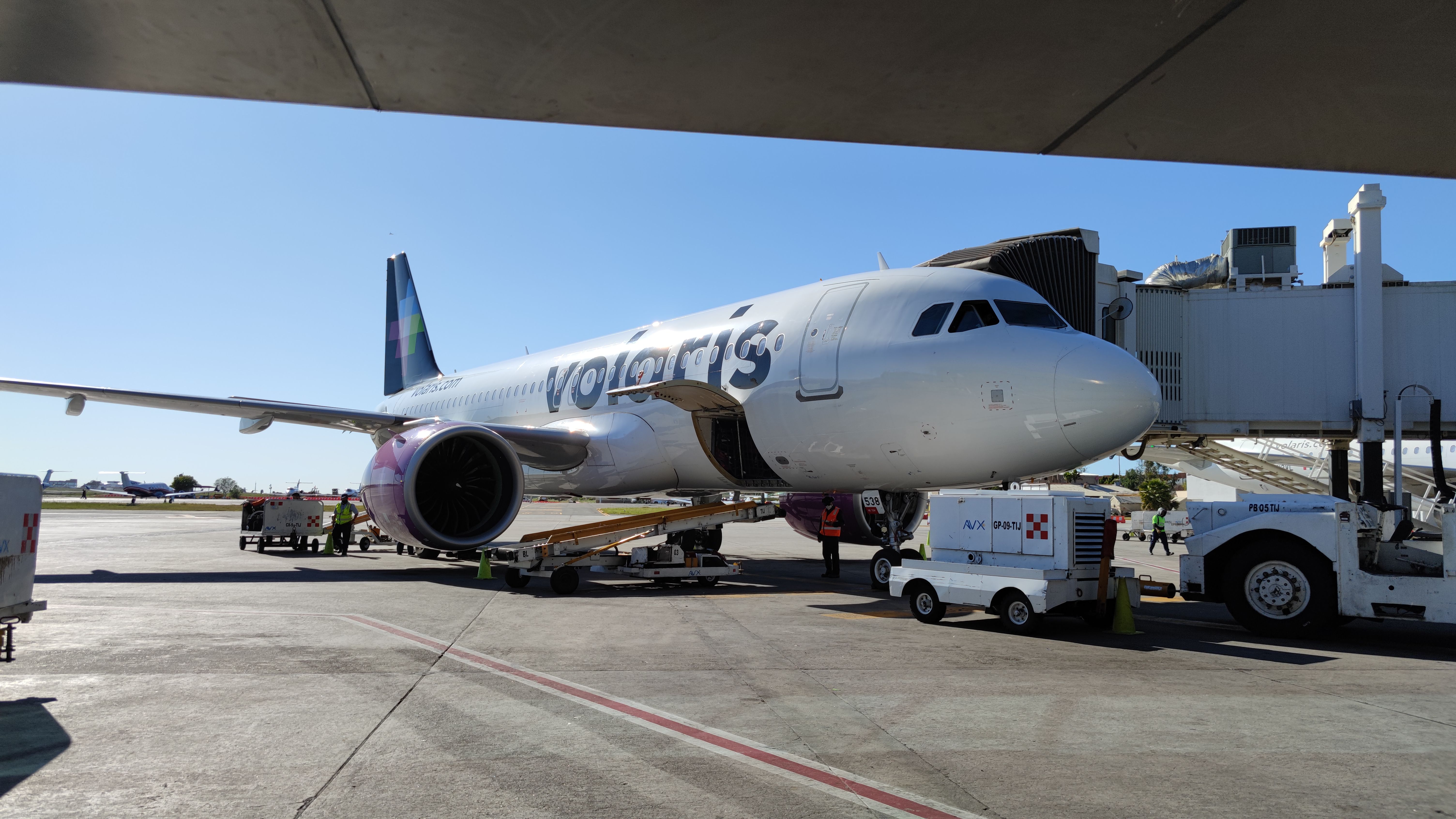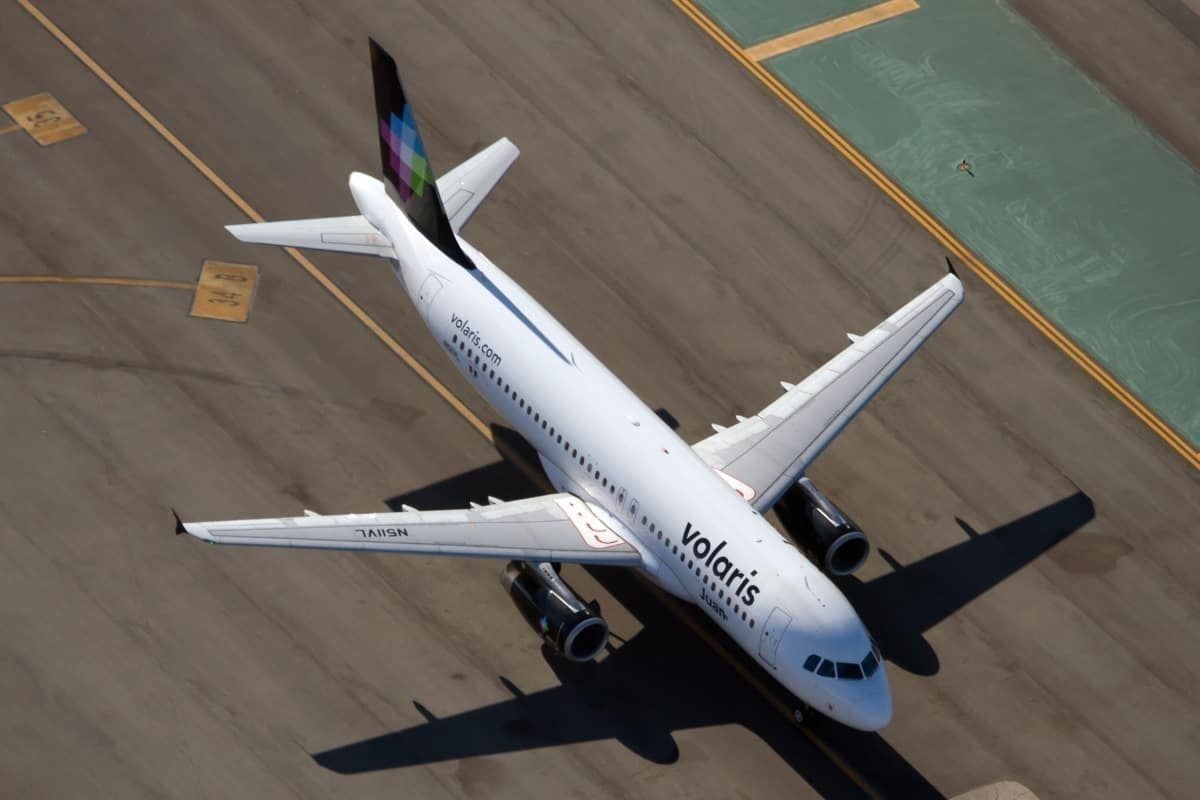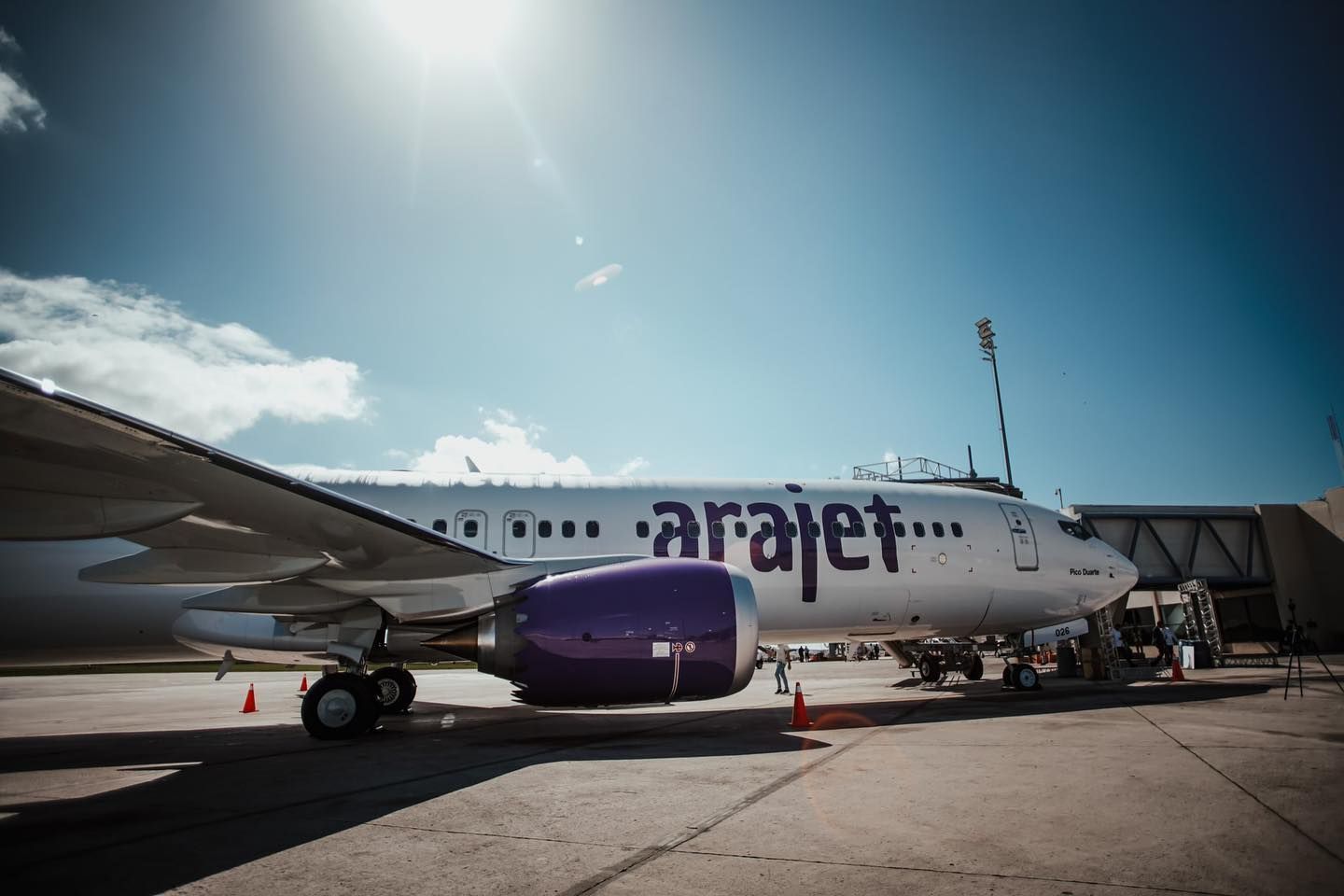The Mexican ultra-low-cost carrier Volaris has launched operations on six new routes from the Felipe Ángeles International Airport (NLU), north of Mexico City. These new services have positioned Volaris as the airline with the largest market share at the recently inaugurated hub.
Volaris new routes
Volaris has launched six new domestic routes from Mexico’s newest airport in the last few days. Currently, Volaris has 11 routes and 19 daily operations from NLU, which has helped the carrier position itself as the leading airline in terms of routes offered.
Volaris opened domestic flights to the Mexican destinations of Puerto Escondido, La Paz, Guadalajara, Puerto Vallarta, Oaxaca, and Los Cabos. The Mexican low-cost carrier believes it can strengthen its position at NLU by employing its bus-switching strategy, appealing to the Mexican people traveling by bus. Volaris explained,
“Felipe Angeles International Airport has a market of five million people, and the airline expects to transport around 150 thousand passengers to and from this airport in 2022. Similarly, in the metropolitan airport system, Volaris offers one million seats per month with more than one thousand flights at Mexico City International Airport (MEX), 140 at Felipe Angeles International Airport (NLU), and more than 100 at Toluca International Airport (TLC).”
What do you think of this story? Let us know in the comments!
The arrival of a new player: Arajet
On Thursday, the Dominican startup Arajet launched its passenger services between Santo Domingo Las Américas International Airport (SDQ) and Mexico City. This is one of the 13 international routes opened by the new carrier in the last few weeks.
Arajet employs its Boeing 737 MAX 8 fleet, with a capacity for 189 seats, to operate 13 international routes across the Americas. The startup flies to Barranquilla, Cali, Aruba, Cartagena, Lima, San Salvador, St. Maarten, Cancún, Curaçao, Guatemala City, Guayaquil, Mexico City, Monterrey, Quito, and San Jose. Most of these routes are entirely uncontested.
Arajet is looking to increase its fleet size in the next few years. Earlier in 2022, Arajet signed an order with Boeing for 20 B737 MAX 8-200 aircraft, with the option to add 15 more narrowbody jetliners.
The Felipe Ángeles
By October, the Felipe Ángeles International Airport will have around 205 weekly flights, averaging 29 daily round services. Aeromexico will remain the leading airline at the airport by the number of frequencies, averaging 105 flights per week, followed by Volaris (66), Viva Aerobus (28), and the international players, Arajet (three), Copa Airlines (three), and Conviasa (one).
Since opening up on March 21, NLU has slowly gained new routes and operators. In April 2022, the Felipe Ángeles Airport only had 43 weekly flights, with around six daily flights, meaning it has grown by 376.7% in flights per week and 366.1% in seats available.
Nonetheless, the airport remains mainly limited to domestic services. There are three active international routes, Conviasa (Caracas), Arajet (Santo Domingo), Copa Airlines (Panama City), and one future service (Viva Aerobus to Havana). The Mexican government has been trying to appeal to new operators, such as Qatar Airways and Royal Air Maroc, but to no avail.
What do you think about Volaris and Arajet’s new routes to Mexico City’s Felipe Ángeles International Airport? Let us know in the comments below.



